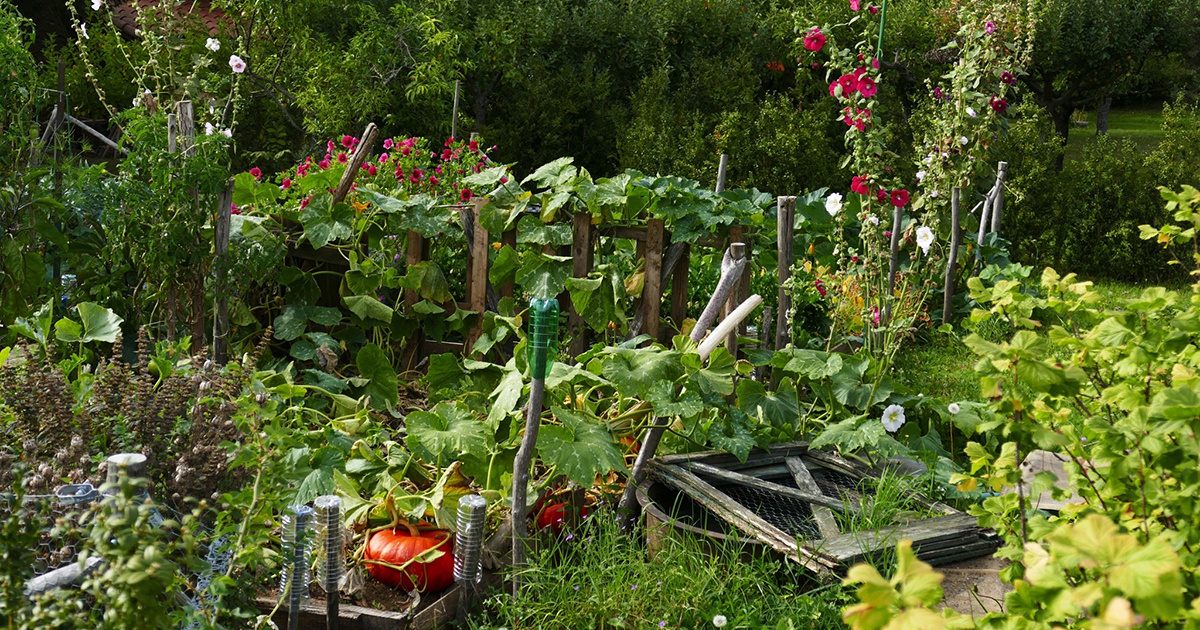

Serge Vuillermoz / EyeEm / Getty Images
By Brian Barth
Most gardeners accumulate a cornucopia of partially used seed packets. After all, who’s going to plant 500 lettuce seeds? After a few years, the germination rate drops significantly after the expiration date and you end up buying new packets. A “chaos garden” is the lazy person’s way to use up those old seeds that may or may not still be viable.
The basic idea: Mix the seeds in a bowl, scatter in loose soil and then sit back and see what happens. Here are a few tips to maximize your success. You might find that you end up with far more produce for the effort invested than if you took the time to form perfect beds and plant everything in tidy rows.
Step 1: Prepare the Planting Area
The point here is to be lazy, so don’t wear yourself out digging up every last weed and forking in tons of compost. If some seeds don’t like the growing conditions, that’s fine. As long as you start with soil that’s somewhat loose and bare on the surface, some will sprout and take root. Consider it a game of survival of the fittest.
Step 2: Sort and Plant
You’ll have better luck if you plant the larger seeds (corn, beans, squash, melons) first. Scatter them on the surface and cover them with half an inch of soil. Scatter the smaller seeds (greens, tomatoes, peppers, root crops) on top of that and cover with another quarter inch of soil. Running a rake back and forth through the soil after each layer will help distribute the seeds evenly. Don’t hesitate to add flower seeds to the mix.
Step 3: Play Mother Nature’s Helper
Regular watering will ensure optimal germination. Alternatively, take your chances with the rain and see what happens. If Mother Nature cooperates, you’ll soon have a tiny jungle of seedlings. Thin out some of the baby greens for salads (seedlings of beets, radishes and most other root crops are also edible), spacing them out enough to allow the rest to mature to full head size. Taller crops, such as tomatoes and cucumbers, can be trellised up, leaving smaller crops to grow at their base.
Or, you can let everything sprawl in a self-sorting tangle. You may be surprised at how well some crops share space. Many of the smaller, less vigorous plants will get crowded out as the season progresses, but that’s ok — the point of a chaos garden is to labor as little as possible for maximum harvest.
Reposted with permission from our media associate Modern Farmer.

 233k
233k  41k
41k  Subscribe
Subscribe 